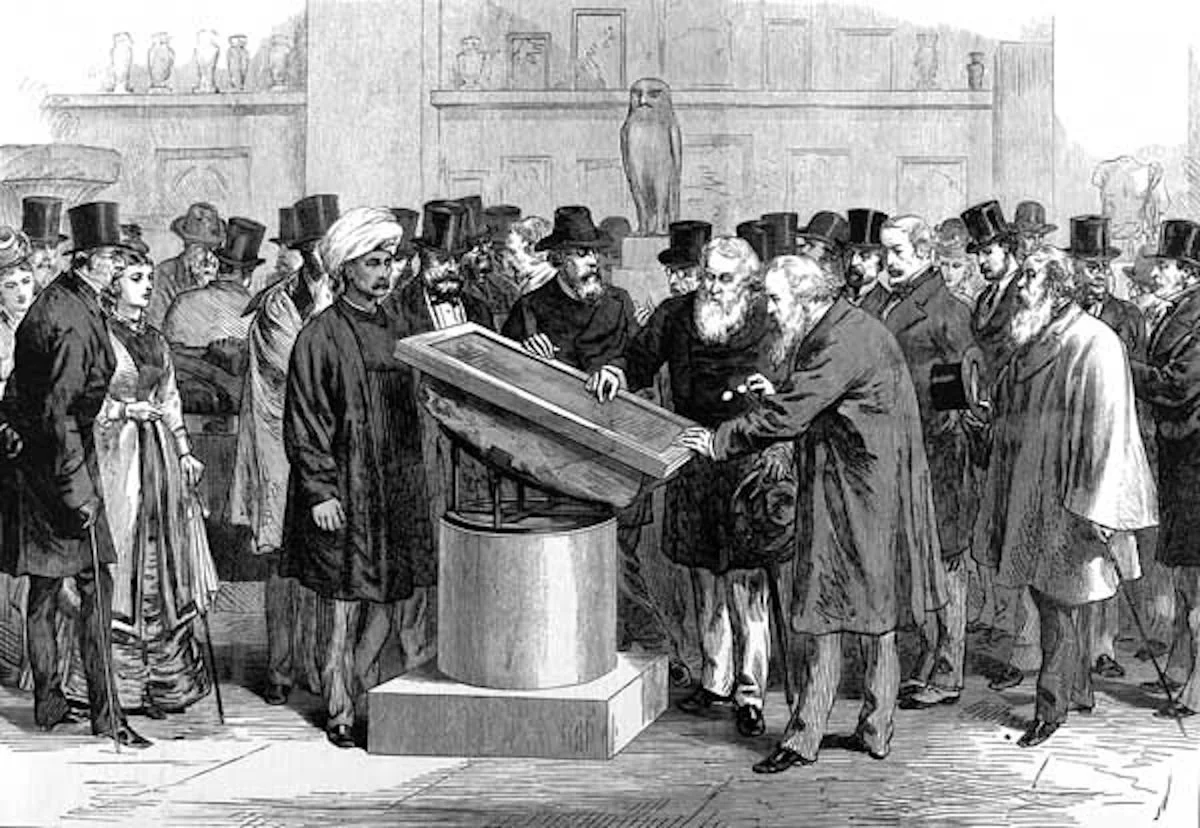July 15: Discovery of the Rosetta Stone (1799)
Prayer Idea
Pray for archaeologists who help people understand the past.
History Note
People outside Egypt have been impressed by ancient Egyptian architecture and culture for centuries. But by the 18th century, the ability to read ancient hieroglyphs—a writing system that used pictures as signs—had been lost.
In 1799 French troops under Napoleon Bonaparte were in Egypt. The exact details are vague, but the story goes that on July 15, a group of soldiers uncovered a rock that had been used to build a wall. One side of the rock featured inscriptions. A French officer, Pierre-François Bouchard, recognized that the writing could be important.
After British and Ottoman troops defeated the French troops, the French agreed to a treaty that allowed the British to gain control of manuscripts, statues, and other archaeological items the French had collected. This included the inscribed rock, which became known as the Rosetta Stone.
The Rosetta Stone arrived in England in 1802. It has been on display in the British Museum ever since, except for two years during World War I when it was stored in a subway tunnel for safety.
The Rosetta Stone features the same message three times: once in Ancient Greek (which was known at the time of its discovery), once in Demotic (a cursive Egyptian script), and once in hieroglyphs. French scholar Jean-François Champollion (1790-1832) examined the writing on the stone and made important advances in understanding how to read the hieroglyphs. He presented his research in 1822.
This research allowed scholars to begin reading other hieroglyphic inscriptions, which greatly increased modern understanding of ancient Egyptian culture.
This 1874 image from the Illustrated London News shows scholars examining the Rosetta Stone during a gathering of the International Congress of Orientalists (now called the International Congress of Asian and North African Studies).
Learn More
Tom Scott explains how the Rosetta Stone helped unlock Egyptian history.
Find other resources at Homeschool History.
